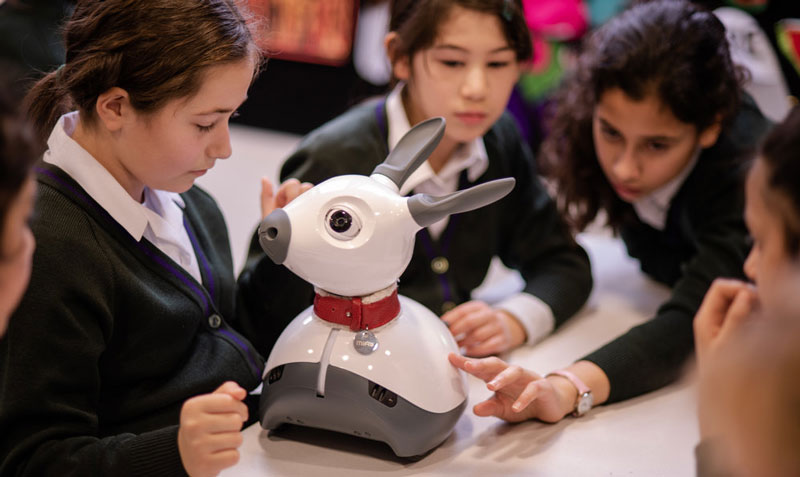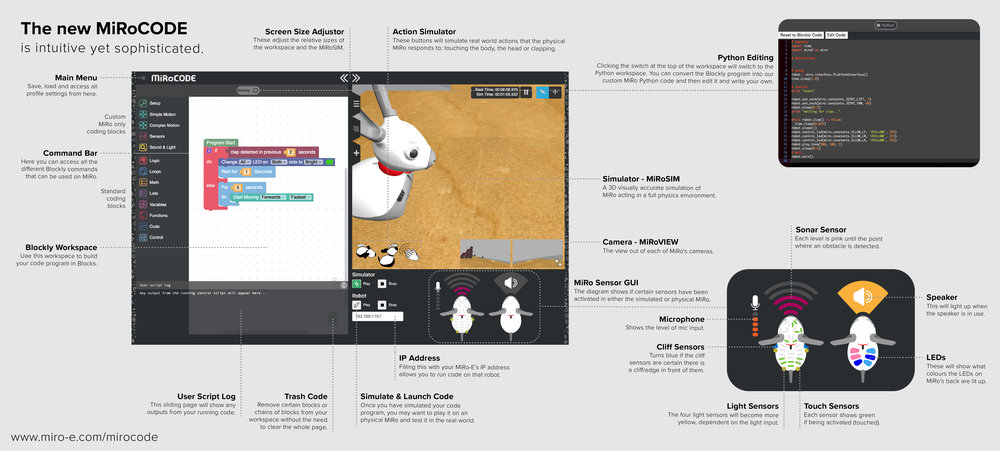
Common Math Mistakes To Avoid
Common Math Mistakes To Avoid
No matter how well-prepared you are for an exam, silly mistakes are inevitable. Practice surely makes a student perfect, but for a subject like Math, most of us struggle with finding the right answers within the given time-frame and often commit errors in calculations on the answer sheet. When the student becomes aware of his mistake, his morale is negatively affected and if not corrected on time, he may form a habit of continuing to make errors as– One Silly Mistake, Leads To The Other! Here are a few common Math mistakes that students need to take care of:

#1 Order of Operations
Solve: 30 – 7 × 2
Incorrect Solution
30 – 7 × 2
= 23 x 2
= 46
Correct Solution
30 – 7 × 2
= 30 – 14
= 16
#2 Using Unit Conversion
Solve: What is the height in meters of a student who is 4’9” tall
Incorrect Solution
4 feet 9 inches
1 feet = 0.3048 meters
4 feet = 4 x 0.3048 meters
= 1.219 meters
= 1.219 + 9
= 10. 219 meters
Correct Solution
4 feet 9 inches
1 feet = 0.3048 meters
4 feet = 4 x 0.3048
= 1.219 meters
And
1 inch = 0.0254 meters
9 inches = 9 x 0.0254
= 0.2286 metres
So, 1.219 meters + 0.2286 metres
= 1.4476 metres
The student is 1.4476 metres tall
#3 Estimation Problems
To cut 8 pieces of blocks, the carpenter takes 10 minutes. How much time will he take to cut 12 pieces?
Incorrect Solution
8 x 12 ÷ 10 = 9.6 minutes
Correct Solution
8 pieces -> 10 minutes
12 pieces -> ? minutes
Let’s assume ‘x’ minutes
So,
8 pieces -> 10 minutes
12 pieces -> x minutes
8 x x = 10 x 12
X = 10 x 12/8
X = 120/8
X = 15 minutes
#4 Place Value
Write the place value of number 9 in 176.409
Incorrect Solution
176.409
Correct Solution
176.409
#5 Comparing Fractions
Which fraction is greater?
Incorrect Solution
1/4>1/2
Correct Answer
1/4<1/2

How to Stop Making These Mistakes?
#1 Learn From Your Mistakes
It’s okay to make silly errors while solving Math problems, however, don’t just shrug it off saying it won’t happen again. Take time to understand where you faltered and what should have been the correct step, so as to avoid this mistake again. Was the word problem not read correctly? Did you happen to miss a step while doing rough work calculations? Was the decimal point not copied from the sum correctly? Break the chain of repeating the same error. Review your old test papers and resolve the questions, for sake of practice.
#2 Read The Word Problems Twice
Understanding the language behind the word problem is a little tricky, and thus it must be read twice before proceeding with the solution. The most important step is to look for keywords in the question. Some keywords are important, while other sentences or wordings are redundant. So, to avoid errors, one needs to know which keywords to focus on, and that happens only with practice.
#3 Re-check Your Work
Some students feel re-checking is a waste of time! When you revisit your solution, you may spot errors that you made in the first place and get a chance to correct them, rather than regret losing marks. A good Math student always writes neatly, draws a separate working column for calculations, and double-checks the ‘negative’, ‘positive’, ‘multiplication’, and ‘division’ signs used in the solution.
The Mathseeds platform is designed for Gen Z kids who find it boring to use the pen & paper format to study, but rather fiddle on laptops and iPads. Schools in Dubai and all-over the Middle East recommend Mathseeds as an after-school recreation-cum homework activity for students. If you reside in GCC or UAE, head to our website to learn more about Mathseeds <link>















Recent Comments